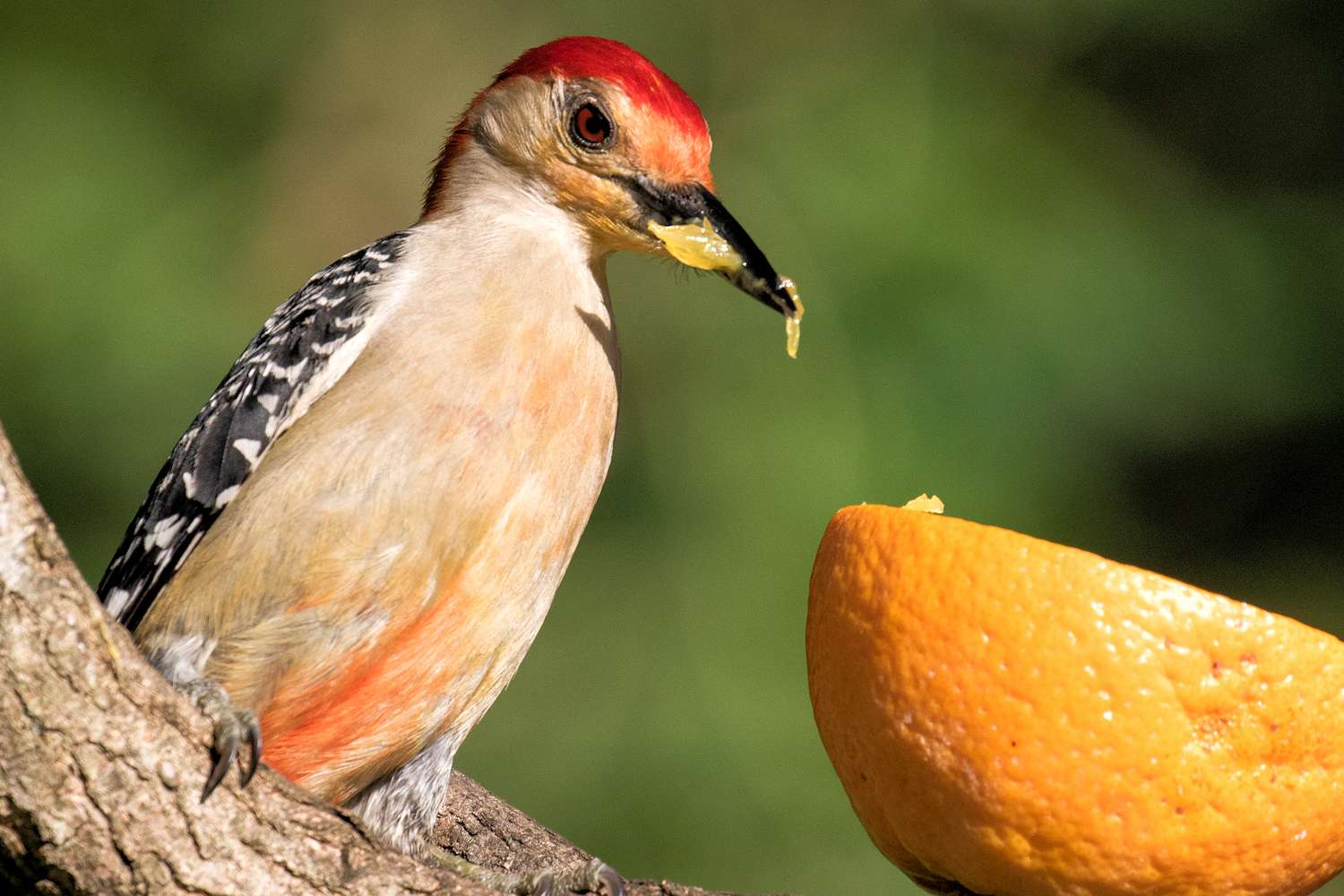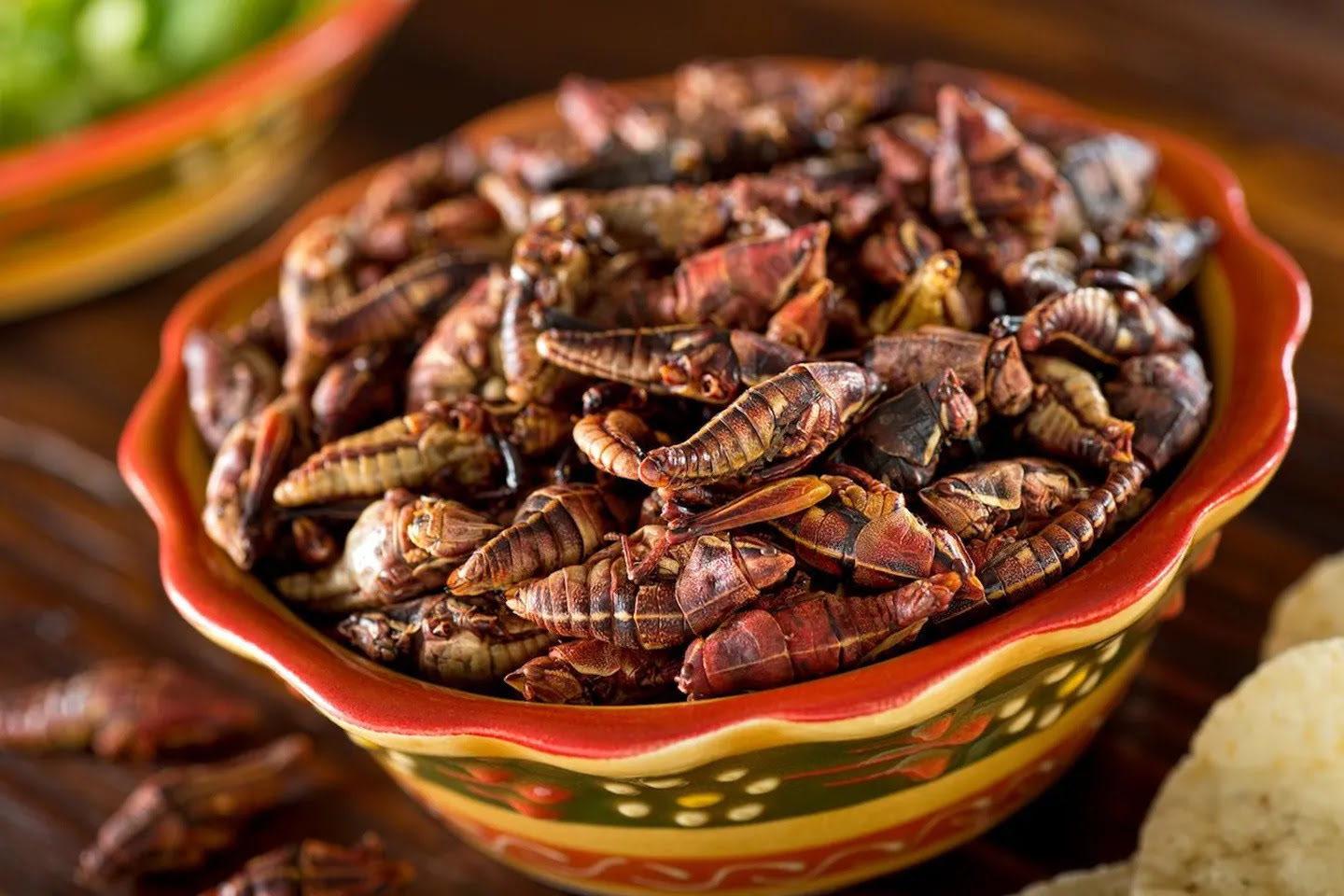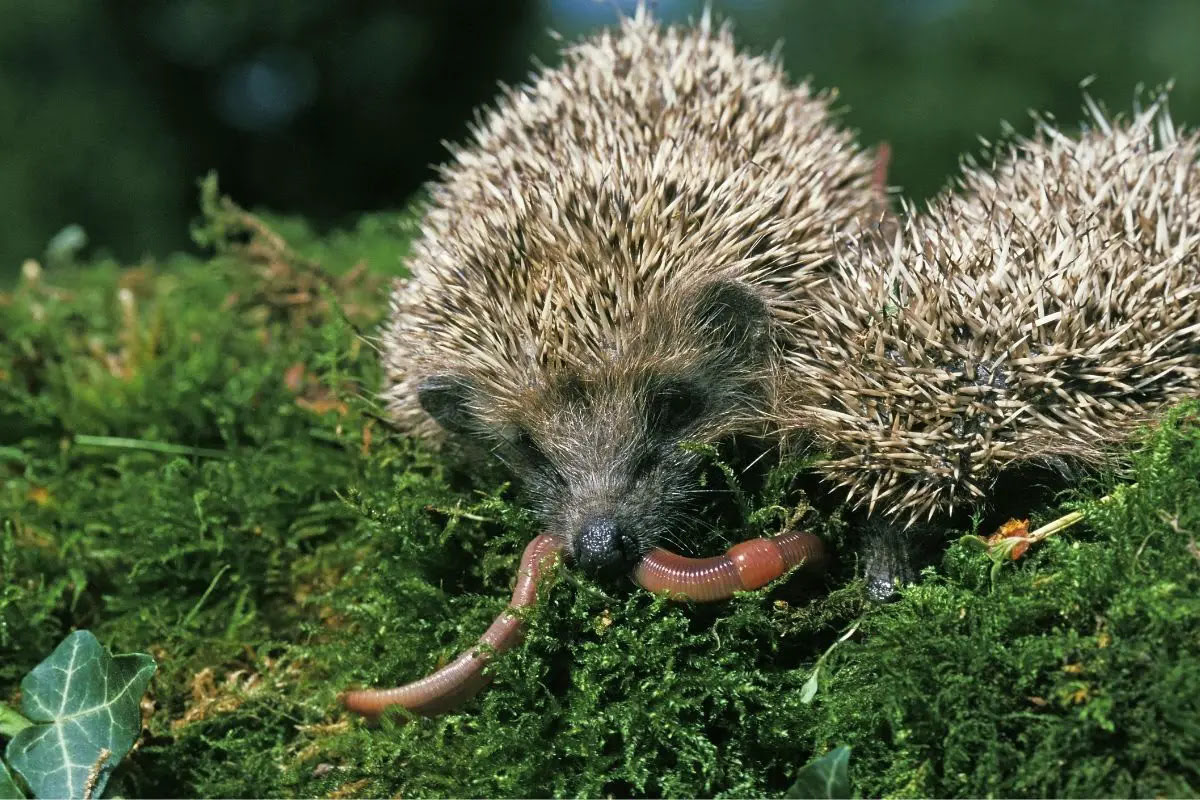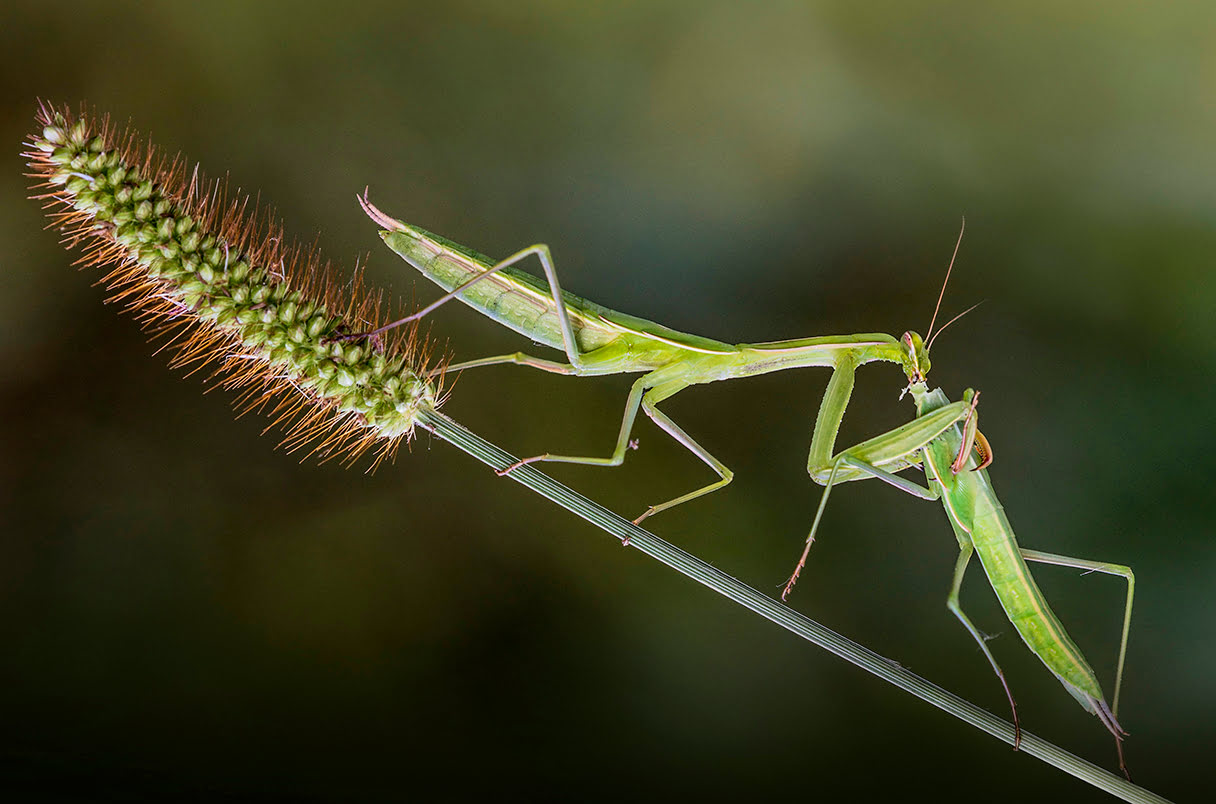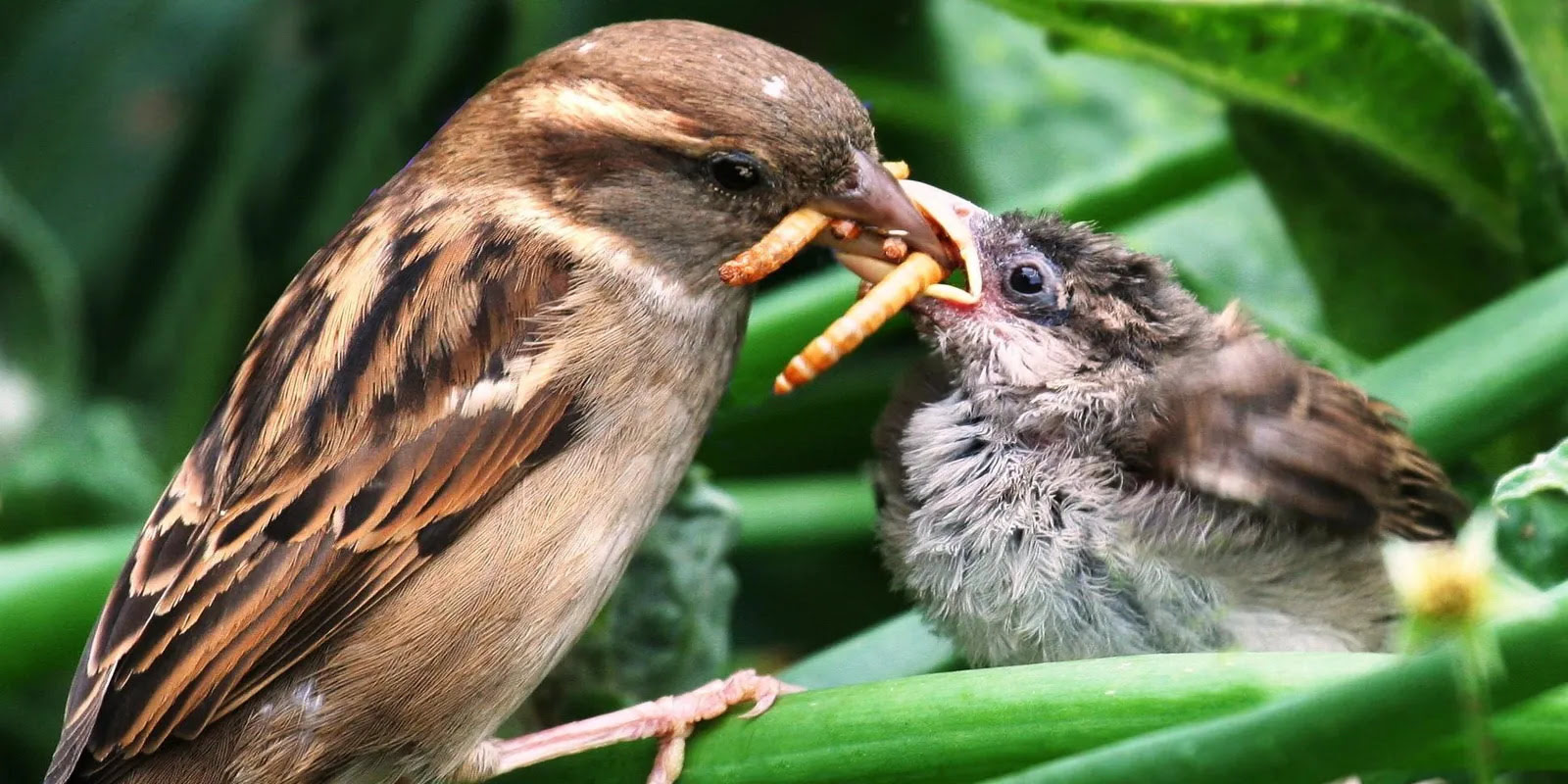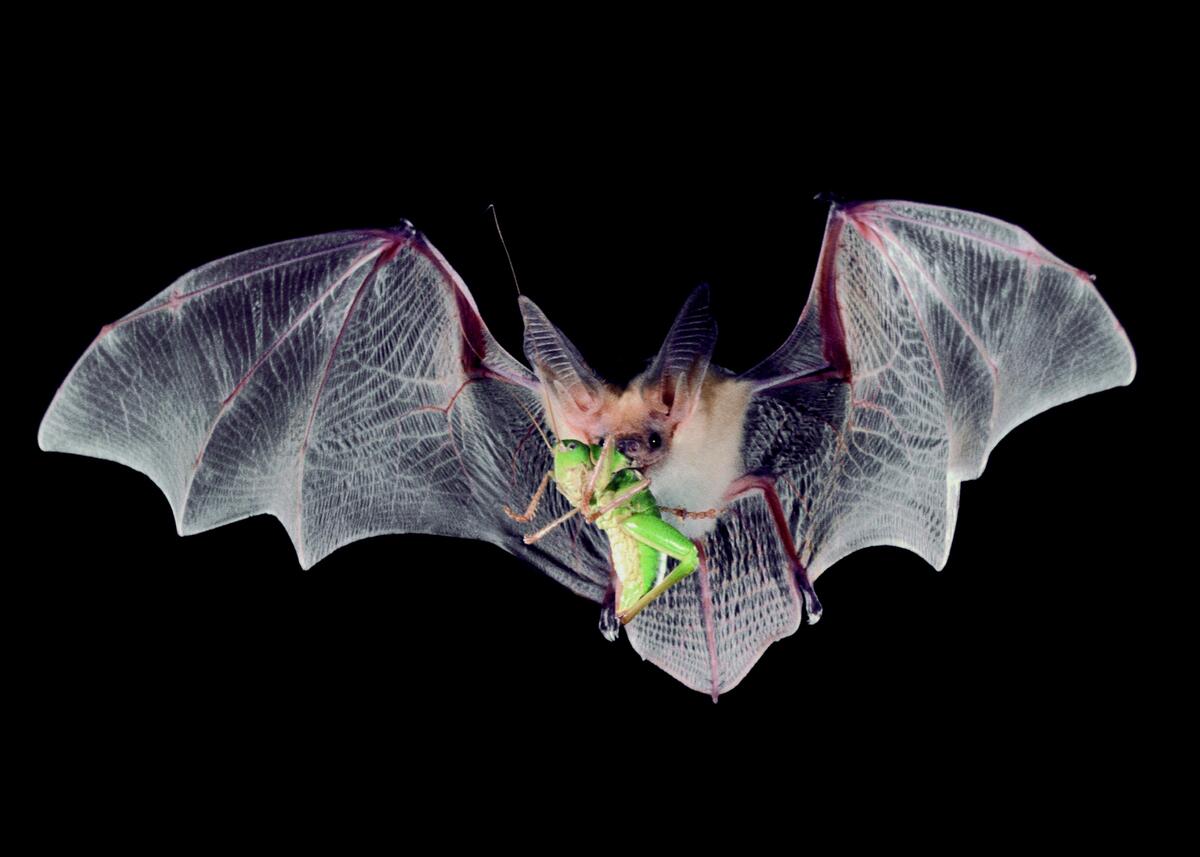Home>Gardening News and Trends>Latest News>What Kind Of Insects Do Red Pandas Eat
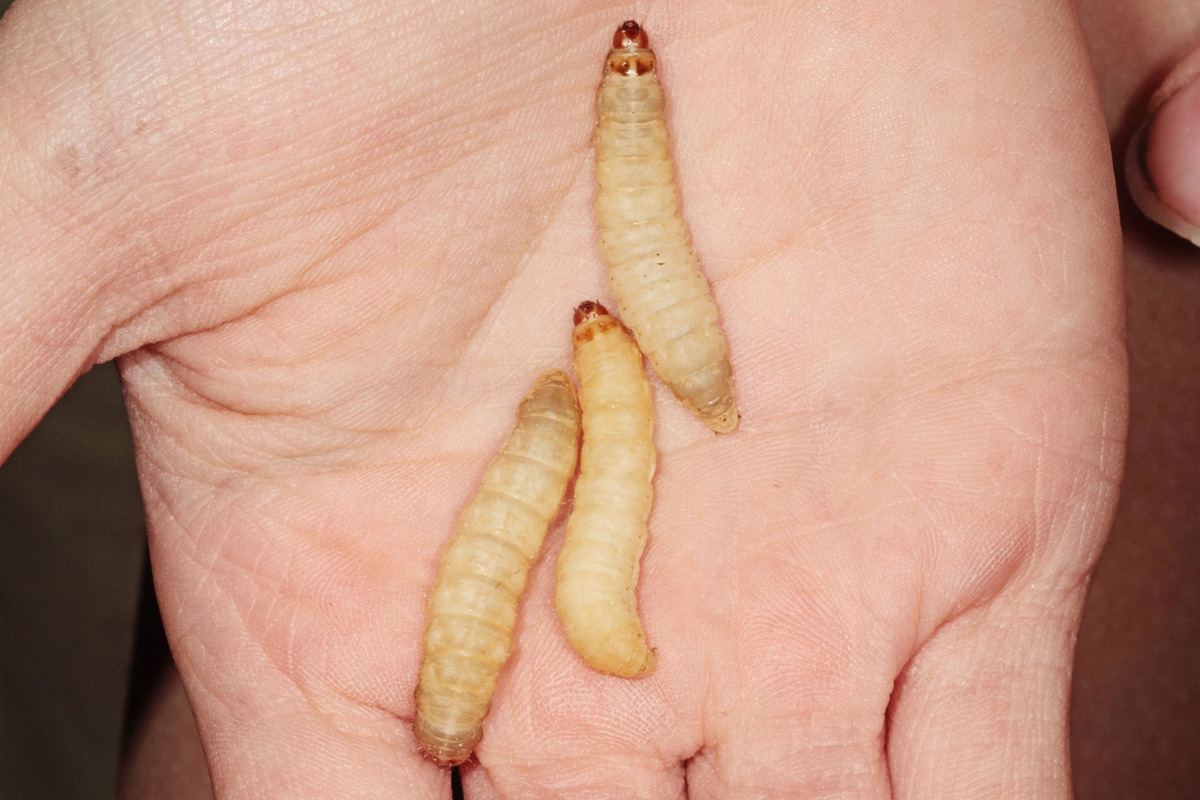

Latest News
What Kind Of Insects Do Red Pandas Eat
Modified: January 22, 2024
Discover the Latest News on What Kind of Insects Red Pandas Eat! Explore their unique diet and learn more about these adorable creatures.
(Many of the links in this article redirect to a specific reviewed product. Your purchase of these products through affiliate links helps to generate commission for Chicagolandgardening.com, at no extra cost. Learn more)
Table of Contents
Introduction
Red pandas, scientifically known as Ailurus fulgens, are adorable creatures that capture the hearts of animal enthusiasts worldwide. Resembling a combination of a raccoon and a bear, these captivating mammals are native to the temperate forests of the Himalayas. Despite their name, they are not directly related to giant pandas. Red pandas are a unique species, and their diet is crucial to their survival in the wild.
These fascinating creatures primarily inhabit the dense bamboo forests of Nepal, Bhutan, India, China, and Myanmar. While they predominantly rely on bamboo for sustenance, red pandas also consume a variety of other foods to meet their nutritional needs. Their diet consists of leaves, fruits, berries, and even small animals. Insects, in particular, play a significant role in their dietary intake. Let’s delve deeper into the types of insects that red pandas consume and the importance of these tiny creatures in their overall diet.
Red Pandas: A Brief Overview
Red pandas are small-sized mammals known for their vibrant red fur, bushy tails, and distinctive features. They are arboreal creatures, spending most of their lives in trees. With an average weight of 7 to 14 pounds, they are well-adapted to their forested habitats. These adorable creatures have a lifespan of around 14 years in the wild and can live slightly longer in captivity.
While their striking red fur provides excellent camouflage in the lush forests, their tails help them maintain balance while navigating tree branches. Red pandas have a round face with white fur markings around their eyes and ears, adding to their charm. They are primarily crepuscular, being most active during dawn and dusk.
Red pandas are herbivores, with bamboo being their staple food source. They possess a specialized wrist bone that aids them in grasping bamboo shoots with precision. In addition to bamboo, they also consume a range of other plant materials, such as leaves, fruits, and berries. Surprisingly, red pandas are also known to supplement their diet with insects, which provide them with essential nutrients.
The Diet of Red Pandas: An Insight
The diet of red pandas is diverse and adaptable, allowing them to survive in their mountainous habitat. While they primarily feed on bamboo, they also consume a variety of other plant materials and even small animals. These opportunistic eaters have a unique digestive system that enables them to extract nutrients efficiently from the plants they consume.
Bamboo constitutes the majority of the red panda’s diet, making up about 85-95% of their total food intake. They prefer to consume tender bamboo shoots and leaves, as they are easier to digest. Red pandas have a low metabolic rate, which means they have to consume a large volume of bamboo to meet their energy requirements. It is estimated that they can consume about 20,000 bamboo leaves in a single day!
To supplement their bamboo-dominated diet, red pandas incorporate other plant materials into their meals. They have a fondness for fruits, berries, and various plant leaves. These additional food sources provide them with a variety of tastes and nutrients. Fruits and berries, in particular, are an excellent source of energy and essential vitamins.
Interestingly, red pandas are known to occasionally include small animals in their diet. While these instances are rare, they may consume insects, birds’ eggs, and even small rodents. Insects, in particular, play a vital role in their overall diet and nutrition. Let’s explore the specific types of insects that red pandas consume and the benefits they provide.
Insects Consumed by Red Pandas: A Detailed Analysis
While red pandas are primarily herbivorous, they have been observed consuming a variety of insects as part of their dietary repertoire. These insects provide them with essential nutrients and can be a valuable source of protein, vitamins, and minerals. Although insects make up a small proportion of their overall diet, their consumption is significant for the red pandas’ health and well-being.
Red pandas have been known to feast on a range of insects, including beetles, grasshoppers, crickets, and caterpillars. These insects are often found in the same forested habitats as red pandas, making them easily accessible as a food source. The red pandas’ agile climbing abilities and sharp claws allow them to forage for insects on tree trunks and in leaf litter.
Insects provide red pandas with a high-quality source of protein, which is essential for muscle development, growth, and overall body maintenance. Protein helps red pandas repair tissues, produce enzymes, and maintain a healthy immune system. Insects also contain amino acids, which are the building blocks of proteins and play a vital role in various biological processes.
Aside from protein, insects offer red pandas an array of vitamins and minerals. They are rich in vitamin B, which supports energy production and helps maintain a healthy nervous system. Insects also contain minerals like calcium, iron, and phosphorus, which are crucial for bone strength, oxygen transport, and cellular function.
Moreover, the consumption of insects by red pandas can contribute to their overall digestive health. Insects provide dietary fiber, which aids in digestion and helps prevent gastrointestinal issues. They also contain enzymes that can assist red pandas in breaking down complex carbohydrates found in their plant-based diet.
While insects make up a small part of the red pandas’ diet, their consumption is believed to be an adaptive behavior. In times of limited bamboo availability or during the breeding season when red pandas require additional nutrients, they may rely more heavily on insects to meet their dietary needs.
Benefits of Insects in the Red Panda’s Diet
The inclusion of insects in the red panda’s diet offers numerous benefits that contribute to their overall health and survival. While bamboo forms the cornerstone of their diet, the consumption of insects provides them with essential nutrients that may not be fully obtained from plant material alone.
One of the main benefits of insects in the red panda’s diet is their high protein content. Insects are a rich source of this macronutrient, providing the red pandas with the necessary building blocks for growth, development, and tissue repair. Protein is particularly important for young red pandas, as they are in a phase of rapid growth and development.
In addition to protein, insects also offer a diverse range of vitamins and minerals. These nutrients are crucial for maintaining a strong immune system, supporting metabolic processes, and promoting overall well-being. The vitamins present in insects, such as B vitamins, play a crucial role in energy production and enzyme function. Minerals like calcium, iron, and phosphorus are essential for bone health, oxygen transport, and proper cellular function.
The inclusion of insects in their diet can also help red pandas meet their dietary fiber requirements. Insects contain fiber that aids in digestion and promotes healthy gut function. This is particularly beneficial for red pandas since their diet primarily consists of fibrous bamboo, which can be challenging to digest. The dietary fiber provided by insects can help prevent gastrointestinal issues and maintain a healthy digestive system.
Furthermore, the consumption of insects can serve as a valuable source of enrichment for red pandas in captivity. Insects provide mental stimulation and natural foraging opportunities, allowing red pandas to exhibit their natural behaviors. This engagement helps prevent boredom, reduces stress, and promotes overall well-being in captive red panda populations.
Overall, the inclusion of insects in the red panda’s diet provides them with a well-rounded nutritional profile and contributes to their overall health and vitality. While insects may form a small portion of their diet, their consumption offers important benefits that support their physical and physiological needs.
Importance of Insects for Red Panda Conservation
Insects play a crucial role in the conservation of red pandas, both in their natural habitats and in captive breeding programs. Understanding the importance of insects in the red panda’s diet is essential for developing effective conservation strategies and ensuring the long-term survival of this endangered species.
In their natural habitats, red pandas rely on a diverse diet that includes insects to meet their nutritional needs. By conserving the ecosystems that support insect populations, we indirectly contribute to the conservation of red pandas. Maintaining healthy insect populations ensures a stable food source for red pandas and helps sustain the delicate balance of their forest habitat.
Insects also aid in the dispersal of seeds, facilitating forest regeneration. Red pandas consume fruits and berries that may contain insect eggs or larvae. As they move through the forest and excrete the undigested seeds, they contribute to seed dispersal. This symbiotic relationship between red pandas, insects, and plants promotes biodiversity and the sustainability of the red panda’s habitat.
Furthermore, insects are crucial for red pandas in captive breeding programs. Insects serve as an important dietary component for red panda offspring, providing them with the necessary nutrients for healthy growth and development. Breeding programs often include insect supplementation to mimic the diet of wild red pandas and enhance the success of breeding efforts.
In addition, insects can be used as enrichment tools in captive red panda habitats. Providing red pandas with opportunities to forage for insects stimulates their natural instincts and promotes physical activity. It helps prevent boredom and reduces stress, ensuring the mental and psychological well-being of captive red pandas.
Conservation efforts aimed at protecting red pandas and their habitats should take into account the conservation and preservation of insect populations. By safeguarding the ecosystems that support insects, we contribute to the long-term survival of red pandas and the overall health of their habitats. This involves implementing sustainable land management practices, reducing habitat destruction, and raising awareness about the importance of preserving biodiversity.
Conclusion
Red pandas are fascinating creatures with a unique diet that consists of bamboo, plant materials, and even insects. Insects play a vital role in the red panda’s overall diet and nutritional intake, providing them with essential protein, vitamins, minerals, and dietary fiber. While bamboo remains their primary food source, the inclusion of insects offers a well-rounded nutritional profile and contributes to their overall health and well-being.
For red pandas in their natural habitats, insects are an important part of their ecosystem and contribute to the functioning of their forest habitats. By conserving insect populations and their habitats, we indirectly support the conservation of red pandas and promote biodiversity in their ecosystems. Insects also aid in the dispersal of seeds, facilitating forest regeneration and the sustainability of red panda habitats.
In captivity, insects play a crucial role in the diet of red pandas, particularly during breeding programs. Their inclusion ensures the healthy growth and development of red panda offspring and contributes to the success of breeding efforts. Insects also serve as enrichments, promoting natural behaviors and mental stimulation for captive red pandas.
Understanding the importance of insects in the red panda’s diet is vital for effective conservation strategies. Conservation efforts should focus not only on protecting red pandas and their habitats, but also on preserving insect populations. This involves sustainable land management practices, habitat preservation, and raising awareness about the interdependent relationship between red pandas and insects.
By recognizing the significance of insects in the red panda’s diet, we can work towards ensuring the long-term survival of this unique and endangered species. Through conservation efforts that encompass insects and their habitats, we can contribute to the preservation of red pandas and the delicate ecosystems they inhabit.
